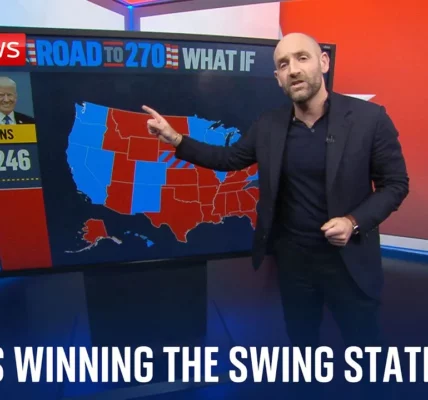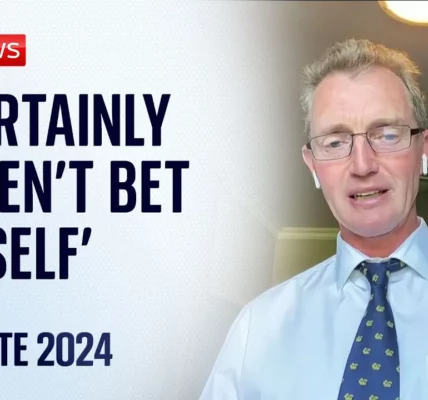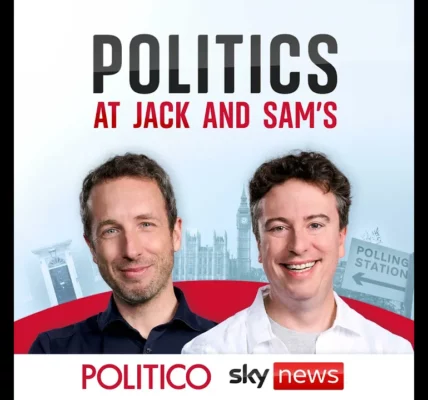Political Party Spending: An In-Depth Analysis of Online Advertising Strategies

This article delves into the intricate strategies of political parties as they navigate the complexities of online advertising during election campaigns. By examining specific targeting practices and spending patterns, we uncover their deepest desires and fears in the race for electoral success.
Introduction
The landscape of political campaigning has drastically evolved, with online advertising becoming a cornerstone of modern electoral strategies. In the current political climate, parties are leveraging data analytics to identify key constituencies where they can maximize their impact. This article explores how different parties are allocating their resources, the constituencies they are targeting, and the implications of these strategies on the electoral outcomes.
Overview of Political Spending
Political parties have increasingly turned to digital platforms to reach voters. This section provides an overview of the current spending patterns among various political entities.
Key Players in the Election
The major political parties in the current election cycle include:
- Labour Party
- Conservative Party
- Green Party
- Liberal Democrats
- Reform UK
- SNP (Scottish National Party)
Spending Insights
Recent data indicates that Labour has emerged as the largest spender in online advertising, with expenditures nearing £33 million. In contrast, Conservative spending appears more conservative, focusing on defending existing strongholds rather than aggressively pursuing new constituencies.
Constituency Targeting by Party
Labour Party’s Strategy
Labour’s approach has been to maintain a broad targeting strategy across numerous constituencies. This sustained investment reflects their ambition to convert marginal seats into wins.
Conservative Party’s Focus
The Conservative Party’s targeting strategy has shifted as the campaign progresses. Initially broad, their focus has narrowed, indicating a defensive posture aimed at preserving their existing majority.
Smaller Parties’ Targeting Efforts
Smaller parties such as the Greens and Liberal Democrats have specific geographic focuses that guide their advertising expenditure. Notably:
- The Liberal Democrats are concentrating efforts in the South, particularly along the A30 corridor.
- The Greens are targeting key areas in the West Country and South Wales.
- Reform UK is primarily focusing on constituencies along the Eastern Seaboard.
Analysis of Spending vs. Predictions
This section will analyze how the spending patterns of each party correlate with electoral predictions based on recent polling data.
Mapping Spending and Predictions
By comparing spending maps with the latest MRP (Multilevel Regression and Poststratification) polls, we can visualize where parties are focusing their resources in relation to projected outcomes. The analysis reveals:
- The correlation between Labour’s high spending and their predicted electoral success.
- The discrepancies in Conservative spending and their declining projected support.
- How targeted investment by smaller parties could influence close races.
Potential Outcomes
The electoral landscape is characterized by numerous toss-up constituencies, which are critical for all parties. Labour’s extensive investment in these areas indicates their strategic aim to convert these marginal seats into secure wins.
Conclusion
The spending patterns of political parties in online advertising reveal a complex interplay of strategy, necessity, and ambition as they prepare for the upcoming elections. Labour’s aggressive approach serves as a stark contrast to the Conservatives’ more defensive posture. As we move closer to election day, the implications of these strategies will become more pronounced, potentially reshaping the political landscape. For further insights on political campaigning and election analysis, explore our related articles on political strategies and electoral predictions.
“`




